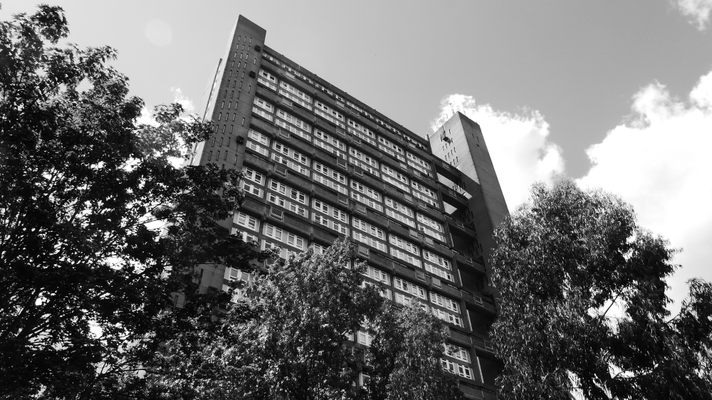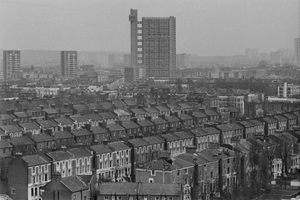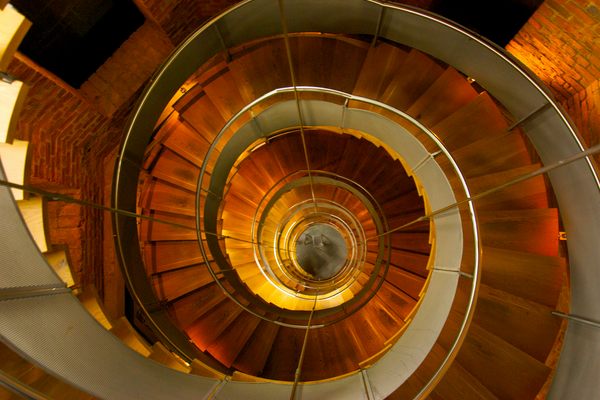About
Trellick Tower in west London was one of the last high-rise residential blocks to be built in the Brutalist architectural style. Designed by the Hungarian architect Ernő Goldfinger, construction began in 1968 and was completed in 1972. Its silhouette is immediately recognizable due to the separate elevator and service tower, which is linked every three stories to the main block.
The tower was intended to be a positive example of social housing with high-quality design and fittings, surrounded by green space. Goldfinger himself said, "the whole object of building high is to free the ground for children and grown-ups to enjoy Mother Earth and not to cover every inch with bricks and mortar."
But shortly after Trellick Tower was completed, the once-trendy concrete high-rise was no longer in fashion. In the first decade of its life, the tower became synonymous with antisocial behavior, crime, drugs, and prostitution, and was said to have been an inspiration for dystopian literature of the time. Yet to the surprise of many, the tower has survived and is enjoying a revival, including wide-ranging technical upgrades. In 1998 it was awarded Grade II listed status, and its iconic facade has appeared in many movies and television shows.
Related Tags
Know Before You Go
The closest underground station is Westbourne Park on the Hammersmith & City line, from which Trellick Tower is a five-minute walk along the Union Canal. The exterior can be freely accessed however the interior can only be accessed by residents.
Published
May 23, 2019






































